
Every time I share a photo of our kids’ homeschool checklists, I get requests for the template or questions about how we make checklists work in our homeschool.
We’ve been using weekly checklists for more than 5 years. For a year and a half we used Trello for our homeschool, but then returned to paper in order to reduce screen time and screen-distraction excuses.
Now all 5 students have a weekly homeschool checklist, even the 5-year-old. She is the first 5-year-old to have a checklist, though. I gave her one because she wants to be like the other kids – and that’s ok.
I started my oldest two on checklists when my oldest was 4th or 5th grade. Then my third joined the checklist ranks in 3rd grade and Knox got his first at 6-years-old because he could read and needed a list of options of things to do while the rest of us were doing school.
That first year – or two! – of checklist use is not “independent work” in reality. It’s training for independent work and it really does take a school year or two to teach them how to independently use a checklist. I always need to remind any student under ten to check the list between each task.
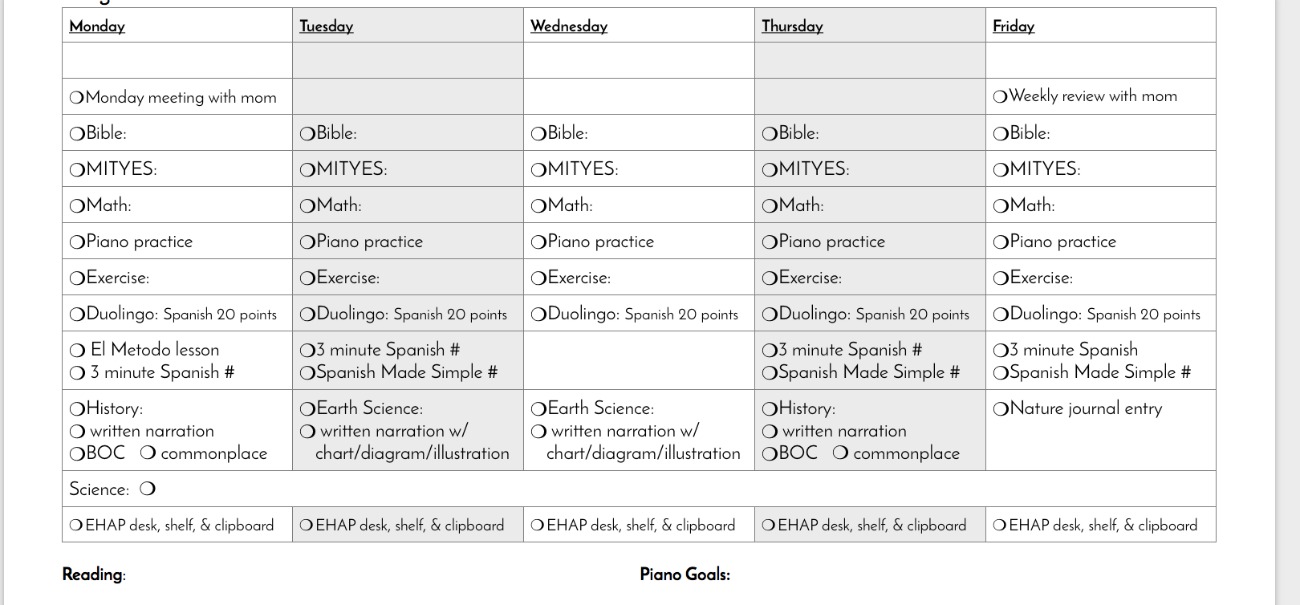
Today, I’m going to share my process for creating and maintaining our weekly homeschool student checklists.
Yes, there’s a blank template to download for free at the end of the post. I knew you’d ask. You’re welcome.
All the parts of a homeschool checklist routine
What we all must remember as we print off and hand off the checklist is that checking off boxes is never the point.
With the checklists, they are learning to follow instructions, learning to do the next thing without prompting – and it takes time and practice to learn those things. And, of course, with the items on the checklist, the point isn’t simply to cross them off, but to learn and practice them as well, whether it be writing or typing or piano or reading or anything else.
So remember that the checklist is a small tool the children are learning. If it becomes a stumbling block, it’d be better to throw it out that trip them up. There’s plenty of time to learn how to check boxes. What matters most is learning the skills and gaining the knowledge that the checklists point to.
Let them use checklists as a tool for self-direction as much as possible, rather than a tool of mom’s micromanagement. If you aren’t clear on your goals for your children, working through Art of Homeschooling will help you clarify that for yourself and apply it to practical pieces like homeschool checklists.
Make Your Homeschool Checklist Templates
I do most of the planning for our homeschool year in the summer. I plot out the calendar, see how many weeks we’ll have, choose the break weeks, and then start counting pages or chapters and doing basic math in order to come up with a rough estimate of how much must be done each week in each subject.
Sometimes this math tells me we need another book to supplement, sometimes it tells me I need to make hard choices and cut a book, but without estimating how much time we have and how much we will likely need, I would end up with an overwhelming book list and an unreasonable number of assignments.
As I sketch out what each student will work on that year, I make a ballpark estimate – trying to guess high – for how many minutes per week that assignment will take. I include Morning Time and math and piano practice in their weekly time estimates, then divide that by 5.
How I make homeschool checklsits
My goal is to keep the estimated work load at around 4 hours per day for high school, 3-3.5 for middle school, and 2ish for elementary.
Then I spread the work out over the week for all but my high school student, so they have a roughly similar amount of work, with alternation of kinds, each school day. For my high schooler, I look at what must be daily work and what simply needs to be done in the week and separate those out on his checklist so he can choose what he does when.
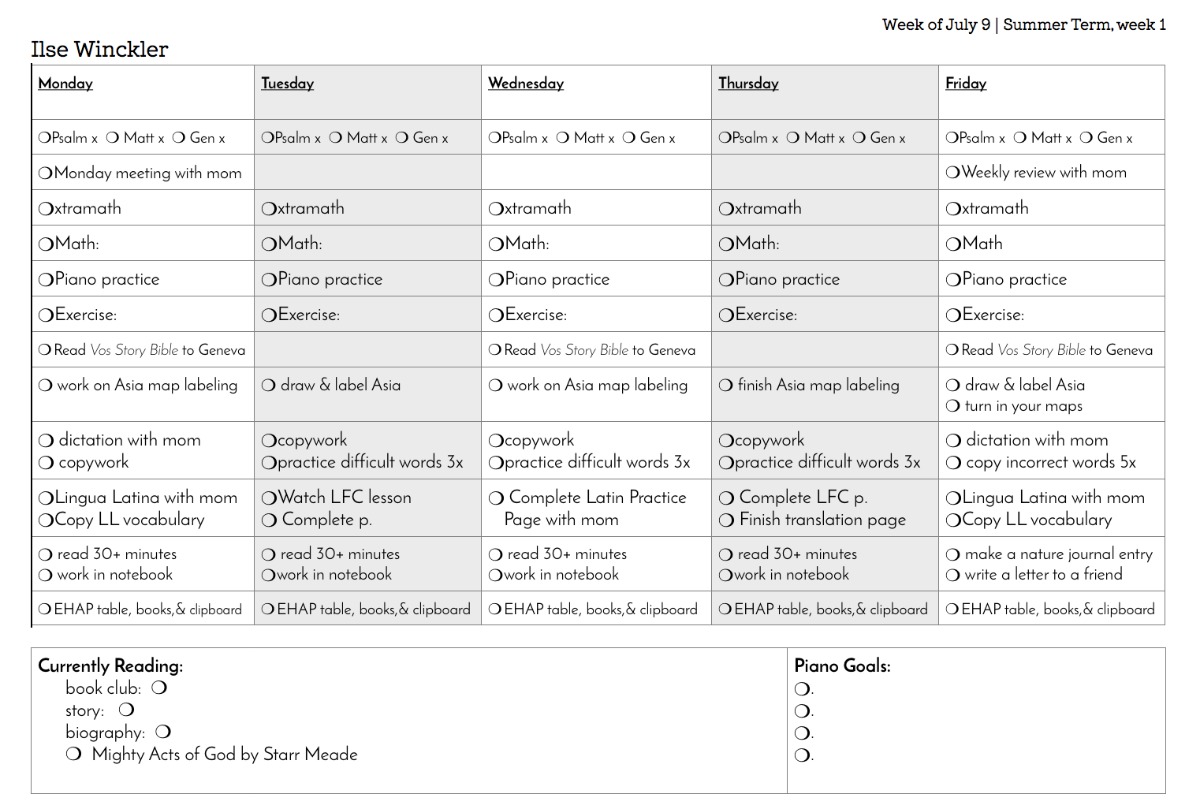
Then I start filling in the weekly checklists, which are simple tables in the word processor, using a column for every day and a row for each subject – including a row for morning hygiene and chores and a row at the end for EHAP (tidying up their school things).
I try to take into account the level of activity or responsibility happening in the day of the week so that the more difficult work is on the more free and open days and the lighter work – or less work – is assigned on busy days. That becomes more difficult as there are more older kids with more intense activities (I’m looking at you, NCFCA), but I do my best and we adjust as needed as we go.
So, before we start school, we each have a basic outline for each day of our school week. The younger students days are very similar, but the middle school and high school students’ days have more variety because they’re doing more things.
Why I make weekly homeschool checklists
That is, I didn’t really need to do a weekly checklist for elementary school children because each day was almost identical; however, I still did and do because I don’t want to remake or print a list every day or always have to tell them every little thing.
I also think that a weekly list helps us with consistency. If I were to rewrite the list every day (ala spiral notebooks), I would let myself and my kids off the hook for today’s work because I would tell myself that I’d just put it on tomorrow’s list. Some seasons of life need that flexibility, but I don’t have any legitimate reason to procrastinate anyone’s work at this point.
Seeing the week at a glance helps teach us the truth of Charlotte Mason’s saying:
This idea of definite work to be finished in a given time is valuable to the child, not only as training him in habits of order, but in diligence; he learns that one time is not ‘as good as another’; that there is no right time left for what is not done in its own time; and this knowledge alone does a great deal to secure the child’s attention to his work.
For this to work, however, I must keep a realistic portion of work that is actually manageable. That takes experience to figure out, but is worth the experimentation and observation and attention and energy.
Every 6-8 weeks: Evaluate the Homeschool Checklists
No matter how well-thought-out or how well organized, there are always adjustments to be made after a few weeks of actual use. The reality is always different from the ideal.
I print out the checklists week by week, so I can make quick edits here and there as needed that first term, but I save any major overhauls for our PREP week without school, which come every six weeks on our year-round homeschool schedule.
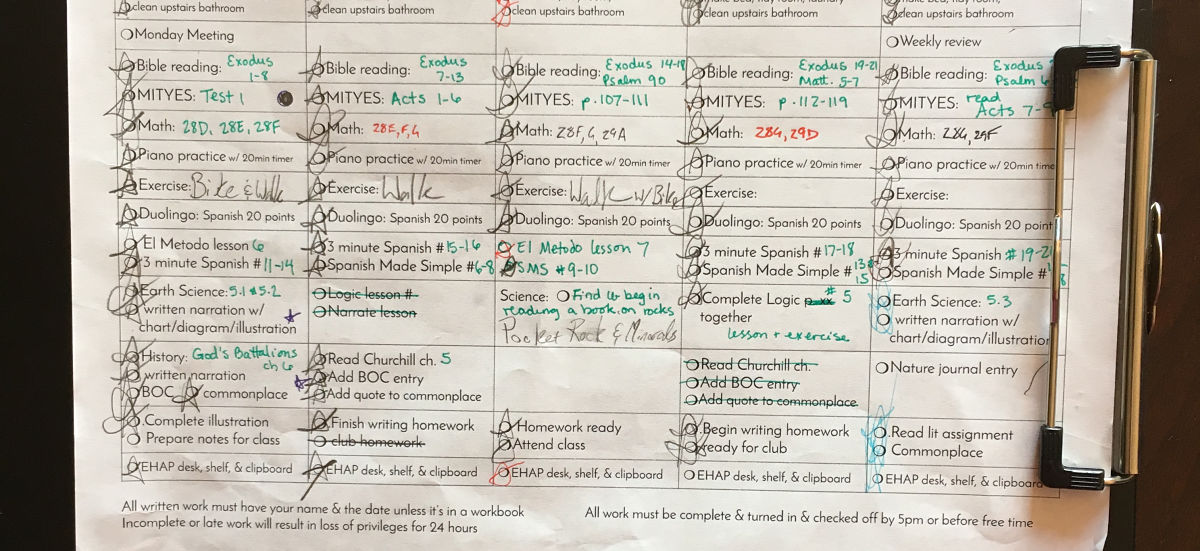
It’s not only the formatting or the assigning certain work to certain days that needs to be reevaluated. It’s also how the whole process works.
- Do the checklists have a home? Do they stay there? Is it working?
- Are the checklists being used? Are they being checked? Are they kept accurately? What pep talks need to happen about checklist use (i.e. – no checking things off before you do them; see 5 Tips for Using Homeschool Checklists)
- Is the work load about right? Does something need to be cut?
- Are the assignments clear to the student? Does he understand? Do they need to be more specific?
- Does anything else the student is responsible for (hygiene, chores, etc.) need to go on the checklist?
These are the sorts of questions to ask as you evaluate how the checklists are working in your homeschool day.
Be persistent and troubleshoot!
Although the goal is for the checklists to smooth the path and help everyone stay on track without nagging, that will likely not happen until you’ve been using them for 18 months at least. Don’t give up after the first six weeks.
Referring to a checklist between each task and staying focused, deliberately moving through a list of assignments without needing reminders, is a skill that needs to be learned and practiced before the training wheels of mom-as-reminder can come off.
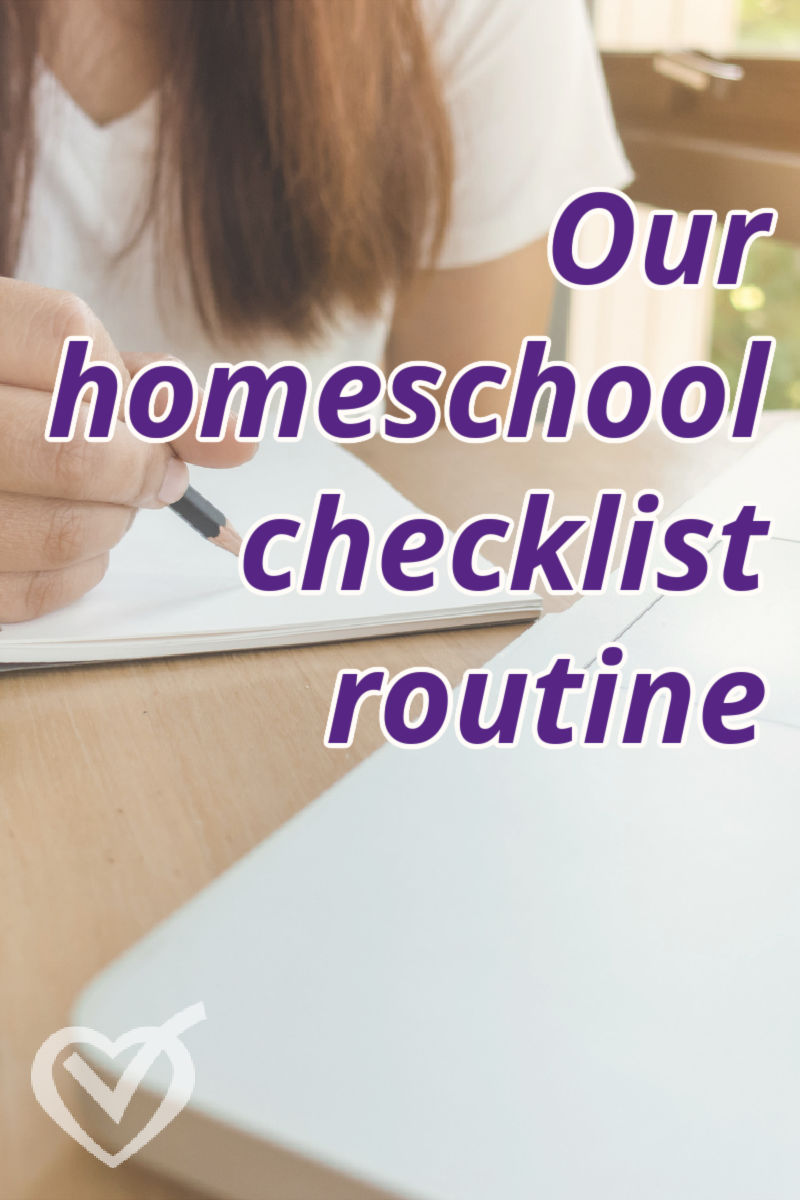
Even with a checklist for the first year or two (of each student’s first year or two – so it might be a decade of this!), you will need to follow up all morning long and at the end of the school day.
One hint for speeding up the process: If there’s a checklist, never tell them what to do next unless it’s lessons you’re teaching directly. If they ask you or if you see them dawdling or playing, turn them to the checklist and not to you – that’s the habit you want to build; therefore, we need to build it, not undermine it.
Weekend: Print & Fill in the Homeschool Checklists
Every week – supposedly on Friday or Saturday but more often than not on Monday morning – I fill out each student’s checklist with their work for the week.
The checklist provides the structure and the assignment, but I add the chapter number here, the math page there, the online class video number here, the page numbers there. On my middle student’s lists I add what continent they’re working on that week – same assignments (fill in a map, draw a map), but the continent rotates on a loop schedule.
During that summer planning, I put all the chapter numbers or page numbers for daily assignments in a spreadsheet, so this is fairly quick work. I can refer to what’s next on my spreadsheet and jot it on their checklist. I used to type it in before printing, but have found it’s actually faster and simpler to have the paper and the spreadsheet at the same time, quickly filling in the spots that need specific assignments.
Every Day: Check the Homeschool Checklists
Yes: every one, every day.
The more you do, the better and sooner the checklists will work for you, in direct proportions.
Unless they are held accountable to complete that work, they don’t have the staying power or inner motivation to finish it as instructed – even good, obedient kids (except for the few personalities who are inherently checklist-completion-nazis; these are the children begging you for a checklist – not necessarily the ones making their own, but those who want to follow instructions from outside themselves).
This is merely immaturity, not a gigantic character flaw. It can become a character flaw, as most of us know (how many times do we complete our checklists every day without external motivation?), but learning the self-control and the habit of not moving on with the day before the list is complete is a skill that takes time and repetition and accountability to build.
Giving them accountability is a major part of our responsibility has homeschooling parents.
A checklist only works if you check it.
When you first give your children checklists, the first several months – maybe the first year – will primarily be about whether or not you mean what you say. And you can only prove that you do by standing behind your written list and checking in with them, preferably every single day.
Do not wait for your child to come to you with a problem. Watch. Notice. Pay attention.
Have posted consequences for checking off a box when the task isn’t completed.
At our house, I always correct all the math pages every day. I do this not only because I don’t want to tempt my children to cheat, but also because it’s the only way I can keep my pulse on how they’re actually doing.
Also at our house, a school day isn’t done until I’ve marked their checklist day off. So if they’re playing and I haven’t seen their checklist, then there’s a problem. They may play after showing me their checklist. When I mark the checklist with a star, their school day is over.
You’ll see in the examples of checklists below, though, that crossing an item on the checklist out completely was not a rare occurrence. However, I had to approve their completed work. It was not something they could decide by themselves. They had to learn that lesson, which they could because I was checking their lists daily.
Keys to meaningful checklists
We know what we mean when we put something on a checklist, but that doesn’t mean our kids know what we mean when they look at the checklist. Telling them once isn’t going to work, either.
“Practice piano,” it turns out, is actually a very vague task. It is what our checklists say, because I can’t write a full descriptive complete sentence for every box on everyone’s list. First, for many months, I did spell it out on the white board and aloud in Morning Time: They could only check off “practice piano” if they completed every single item on the list the teacher gave them. Anything short of that was equivalent to a lie.
Now we can just say, “practice piano” on the list and there is rarely a drawn out, “But did you do your scales?” conversation.
But that first year needs extra hand-holding and clarification. It’s obvious to you what you mean, but it’s not obvious to your child. Also, saying it once isn’t enough. You need to ask questions, clarify, and hold the line. Be clear, but firm, day in and day out until everyone gets the habit of looking at the list and following through.
A checklist must be super-specific and explained.
If checklists have been a problem for you, it may be because you and your child function from different understandings of what the task means and what done looks like. Expect push back without letting it ruffle you.
Try, each Monday for several weeks, to sit down with your child and his checklist and have him tell you what each task on there means and what done looks like. By listening rather than always talking, we will quickly root out miscommunication.
However, we should assume miscommunication and misunderstanding rather than rebellion and disobedience first. We need to try to keep the conversation cheerful and positive, rather than putting our kids on the defensive all the time. That is not a good posture for learning. Disobedience isn’t, either, but we’ll be ahead if we can short-circuit a confrontation by saying, “Oh, you must have forgotten! Piano practice includes scales. Go do them now.”
A homeschool checklist gives ownership
If we give our kids a checklist, we have to allow them some say in how they use it. If we want our kids to become self-directed, then we need to give them ownership. Our kids should have some say in the order they do their work, in how they mark things off, in whether or not they doodle on their list.
We want them to have ownership of their learning, and that begins with baby steps and with missteps. Let them learn first-hand that it really is better to do math first by putting it off to the end. Add exercise or something physical to their list so they can learn to recover from strenuous mental work with fresh air and physical work.
Free homeschool checklist templates!
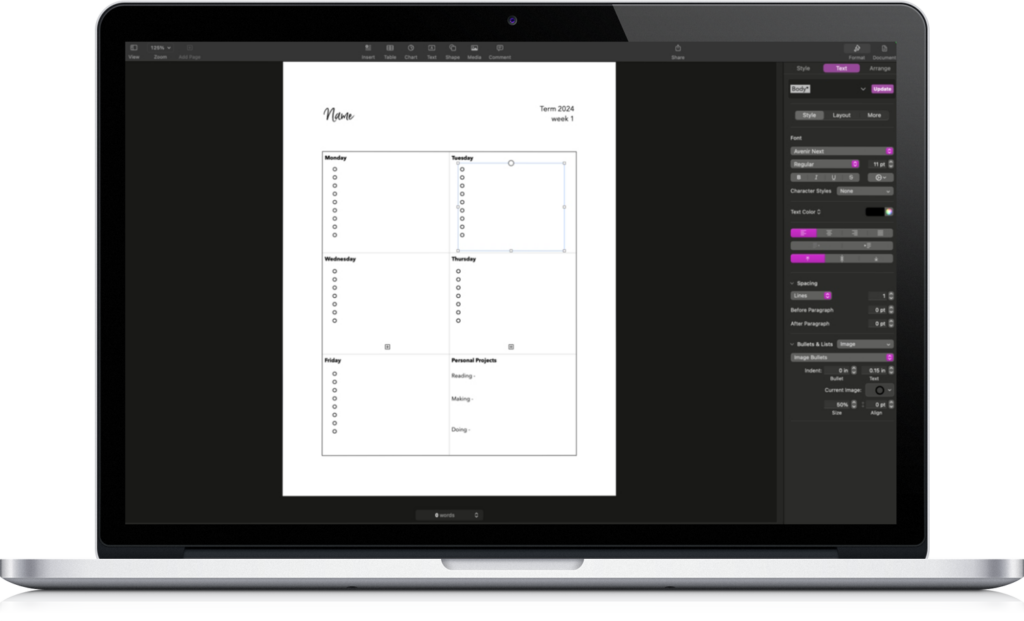
Get 5 of my favorite homeschool checklist templates!
Jumpstart your homeschool checklist practice by starting with one of my proven formats. Open, edit, and make them your own! Plus, get tips and followup, too –
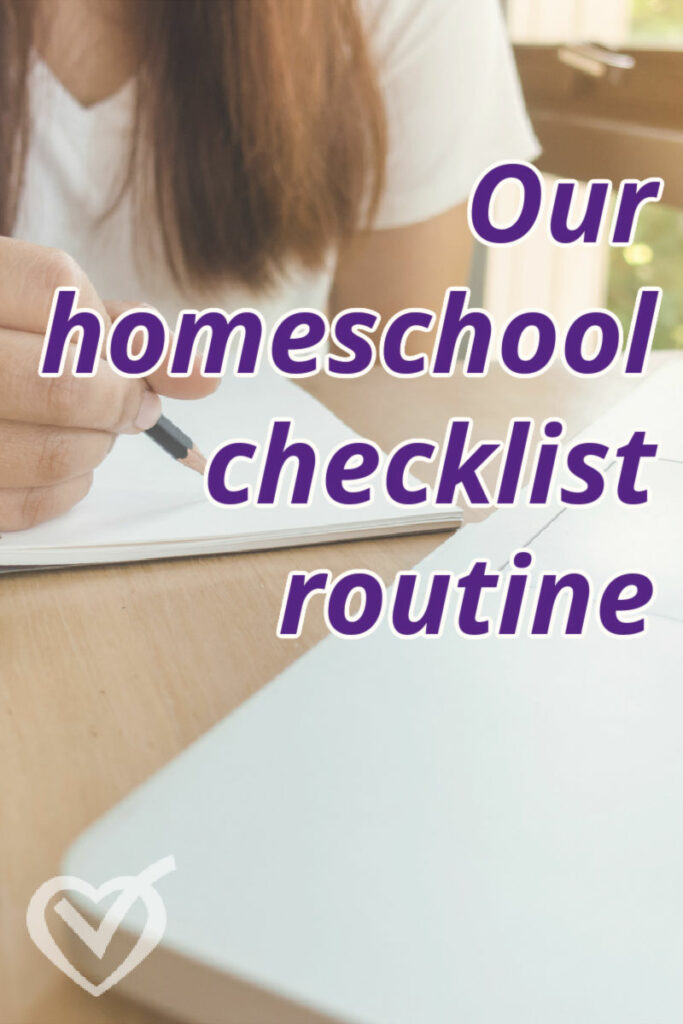
Ive been reading yoir blog for years. I keep trying to implement your methods, especially the EHAP (we call it “Evening Tidy”), checklists, and Weekly Review. But I feel jaded, because my life is so messy that we never seem to have the same daily routine, and I cant seem to build lasting habits, because they are always getting interrupted. I might go 2 weeks but then “something happens”, stuff outside of my control is always coming up. I have really considered if I actually DO have control, but alas, it seems not. I planned the whole school year, but now we are hopelessly behind. So I feel very discouraged that I put in SO much effort just to have to revamp the whole thing 6 weeks in. Im beginning to wonder if I should become a “Spirit Led” School planner, amd just write down what weactually do, after we do it. I welcome your thoughts.
What works when there are babies and pregnancies and a lot going on (especially with a tired mama!) is different from what works when everyone is sleeping through the night and capable of following directions. I did use checklists when I was in the toddler + pregnant + not sleeping phase as a survival tool – but Morning Time was pretty much all I directly led during that time. Everything else was audio books and independent work so that I could direct them to do the next thing and look at their work. And we didn’t do much – I had my priorities – Morning Time, math, and good books (whether they came by reading aloud, audio books, or free reading). If those things were happening, then education was happening and it was good. Other things on their lists at that point like mapwork might not happen every time, but it also wasn’t anything they were behind on if it didn’t happen. It took us 2 1/2 years to work through Latin For Children, but we just kept going along. What they got was better than having none at all.
Falling off the bandwagon – or jumping off or being pushed off – definitely happens. It happens to me. It happens to most people. It happens more often the more people are involved in your life. The people are the important part – and the education is for them, too. They aren’t for it. We just have to keep rolling with the punches and not give up. Get back up, keep trying. Repent. Rejoice. Repeat. – and remember that nothing is or can be optimal when you aren’t sleeping through the night. So don’t expect it to be. Just muddle on through.
Have you seen my post on How to Lesson Plan So You’re Never Behind? http://simplyconvivial.com/2016/simple-homeschool/ and my post on Pam’s site about homeschooling with toddlers: https://pambarnhill.com/homeschool-toddlers/
Hope that helps! You’re doing a good work. Hang in there and don’t grow weary. There is no secret for making it easy. There’s just repent, rejoice, repeat.
Hi, I am wondering how you make your templates. Are you using Excel, or making tables in Word?
Thanks.
I’m on a Mac, so I use Pages, the Apple word processor – they’re just tables, nothing too fancy. :)
Hi Mystie,
I’m in a similar place as “Meg mom to 8” who made the first comment (lots of toddlers and a baby in addition to all the older kids). I’m also a natural list maker and that helps, but I’m still very overwhelmed with the amount of schooling that needs to happen every day. I’m really interested in what you said in your response to Meg about planning less. Really – is just MT and math and reading stacks of good books enough? I’m intrigued because that sounds so doable and yet still rich with ideas and deep content. Can you tell me just a bit about what MT would look like in this scenario?
Hi there! I am having trouble finding the link for the homeschool checklist? Are those still available? I am probably just not seeing it. Thanks!
Oh man….just found the button! Sorry!
Hi Mystie!
We so appreciate you. I am also having trouble accessing the link. The “download” button is inactive. Perhaps because it’s a Mac doc?
Scratch the previous request. I found the link in another post! Thanks!
The “download” button doesn’t seem to work. :) Love your resources!